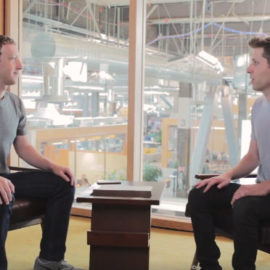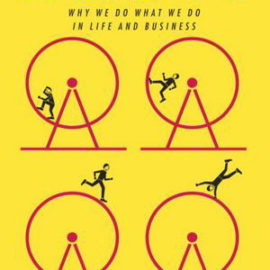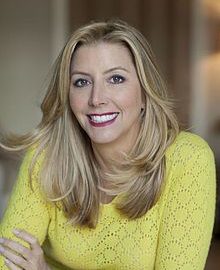Want to learn the ideas in Small Giants better than ever? Read the world’s #1 book summary of Small Giants by Bo Burlingham here.
Read a brief 1-Page Summary or watch video summaries curated by our expert team. Note: this book guide is not affiliated with or endorsed by the publisher or author, and we always encourage you to purchase and read the full book.
Video Summaries of Small Giants
We’ve scoured the Internet for the very best videos on Small Giants, from high-quality videos summaries to interviews or commentary by Bo Burlingham.
1-Page Summary of Small Giants
Introduction
A common belief about business is that the key to success is growth. Business researchers tend to measure a company’s success based on factors such as financial returns, revenue growth, or employee hiring. However, if you want your organization to be successful, it may not necessarily have to turn into a large publicly-traded firm or grow quickly and then get acquired by another big firm for billions of dollars.
Bo Burlingham believes that you don’t always have to grow your company in order to succeed. He also thinks that companies should stay small and not grow unless they can preserve their passion for what they do. Bo identifies a new kind of successful company: the small giant, which is privately owned and has decided not to get bigger unless it can remain true to its mission and maintain its passion for what it does. In this summary, you’ll learn about small giants, why they’re more effective than big companies, and how you can apply those lessons at your own business.
Why Small Giants Focus on Their Core Missions, Not Growth
The media and business students encourage people to idolize CEOs of large companies. The media also encourages the idea that success comes from being number one in your niche, as former General Electric CEO Jack Welch said.
For companies that rely on investors for capital, it’s important to keep growing. If they don’t grow steadily, their investors will withdraw money from the company and make it hard for them to improve their products or services.
But for most companies, this growth obsession doesn’t make sense. If you’re not ready to handle the additional management challenges that come with scaling up, your organization could suffer in the long term.
Bill Butler started his own company in 1975, when he was 26 years old. He would build fences and hang doors for people who liked his work. This meant that the company didn’t try to grow as much as it could have; instead, clients had to chase Butler around to get his number. The company still grew rapidly over 20 years, though, and ended up with $20 million in annual sales and 129 employees before Bill knew what hit him.
On paper, he was living the American dream. However, he realized that his company grew too much and it wasn’t sustainable. He didn’t want to grow this big because of the lack of infrastructure in place to manage a company of its size. On a personal level, he felt like he no longer knew each employee and client personally.
Butler decided to focus on a few things and not try to do everything. He reduced the number of clients, gave up several licenses, and turned down projects from high profile companies. However, this made his company more profitable and people started paying more for Butler’s services. As a result, he is happier with the work that his company does today because they’re focusing on fewer things.
How Small Giants Take Good Care of Their Employees
There’s a lot of prestige associated with working for a big company. But do you want to work for one where you are just another number? Or would you rather be part of an organization that cares about your well-being and helps you achieve your goals?
Michelle Howard is a bright-eyed, enthusiastic employee who works for an electronics company called ECCO. She was hired nine years ago and started out doing manual labor. As the single mother of three small children, she barely made ends meet with food stamps and needed to find a way to make more money. Because Dan McCann saw potential in her, Howard tried out a customer service role at ECCO that she’s been working ever since.






